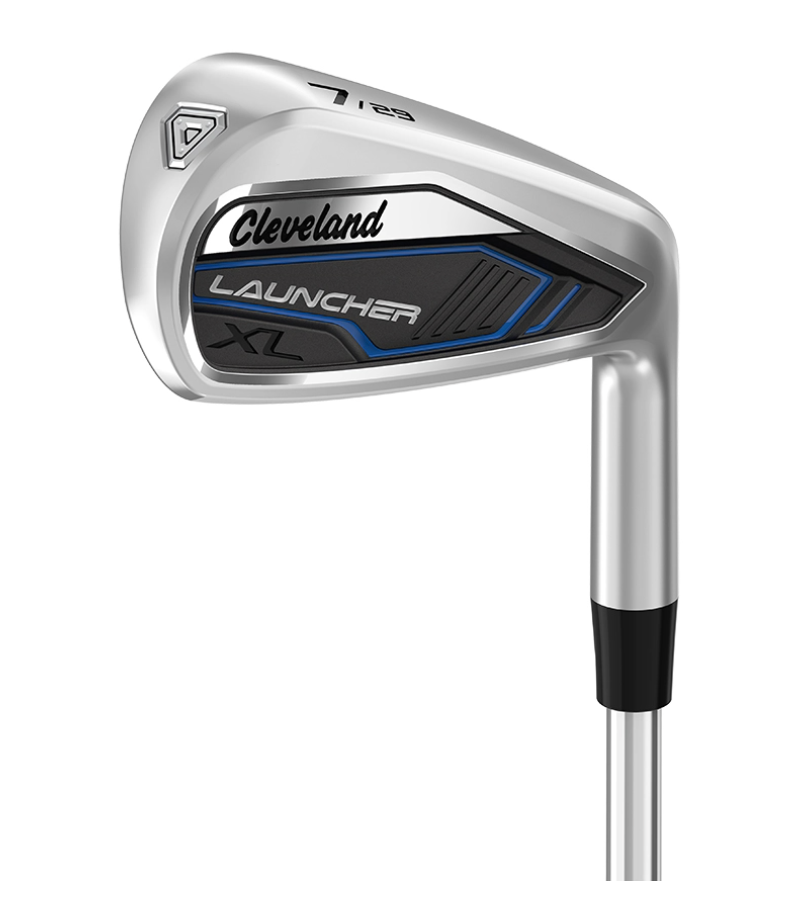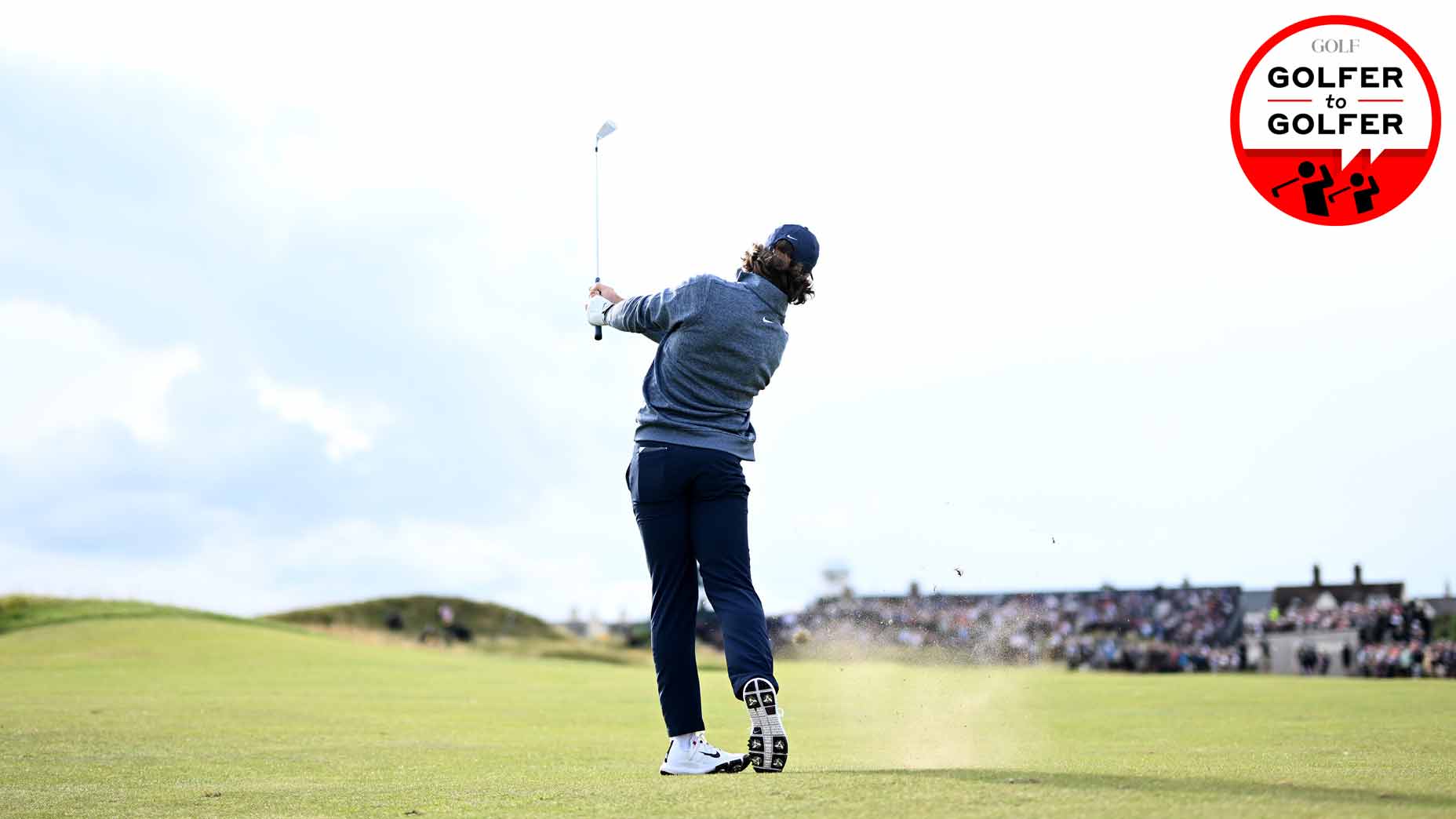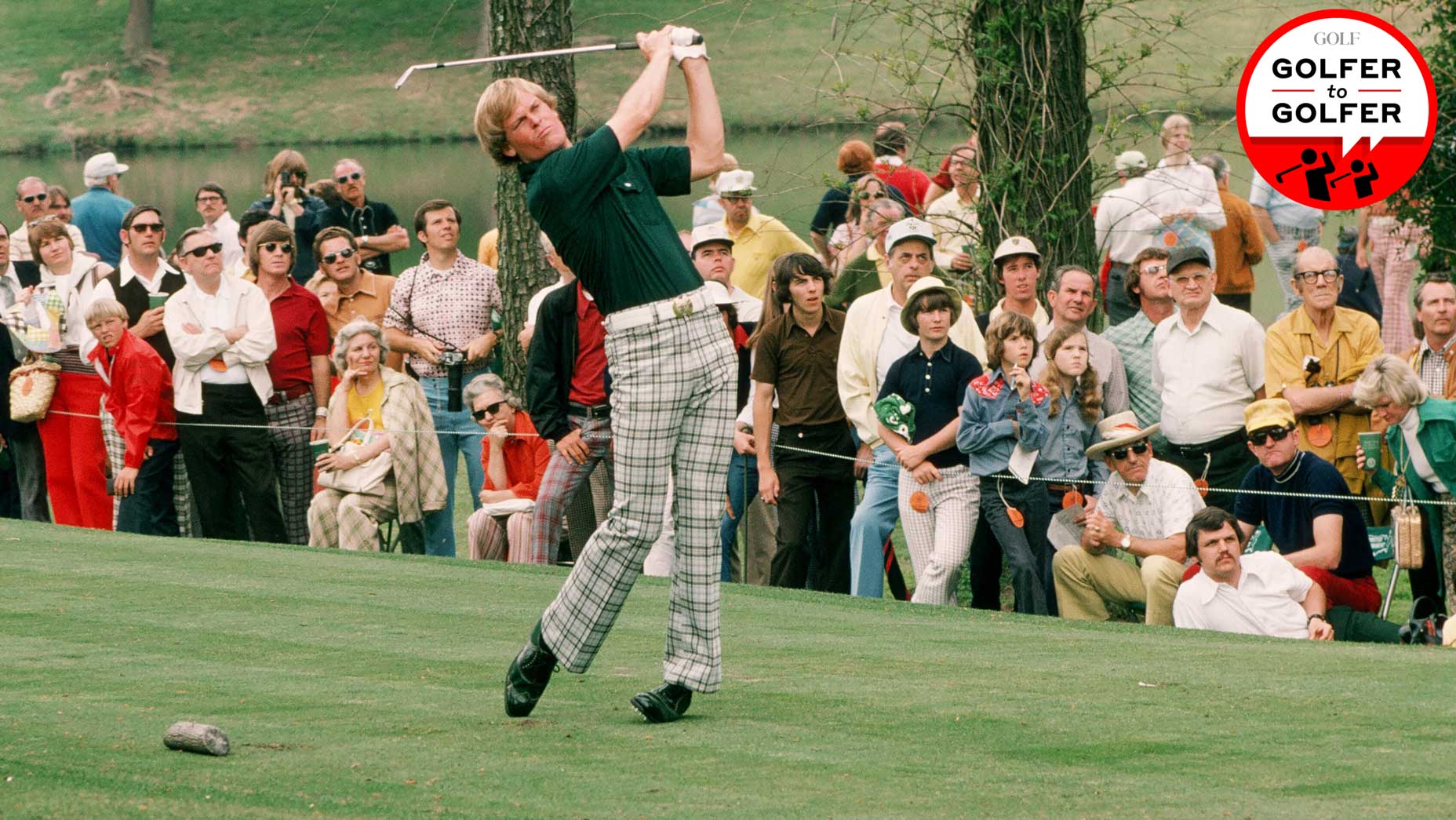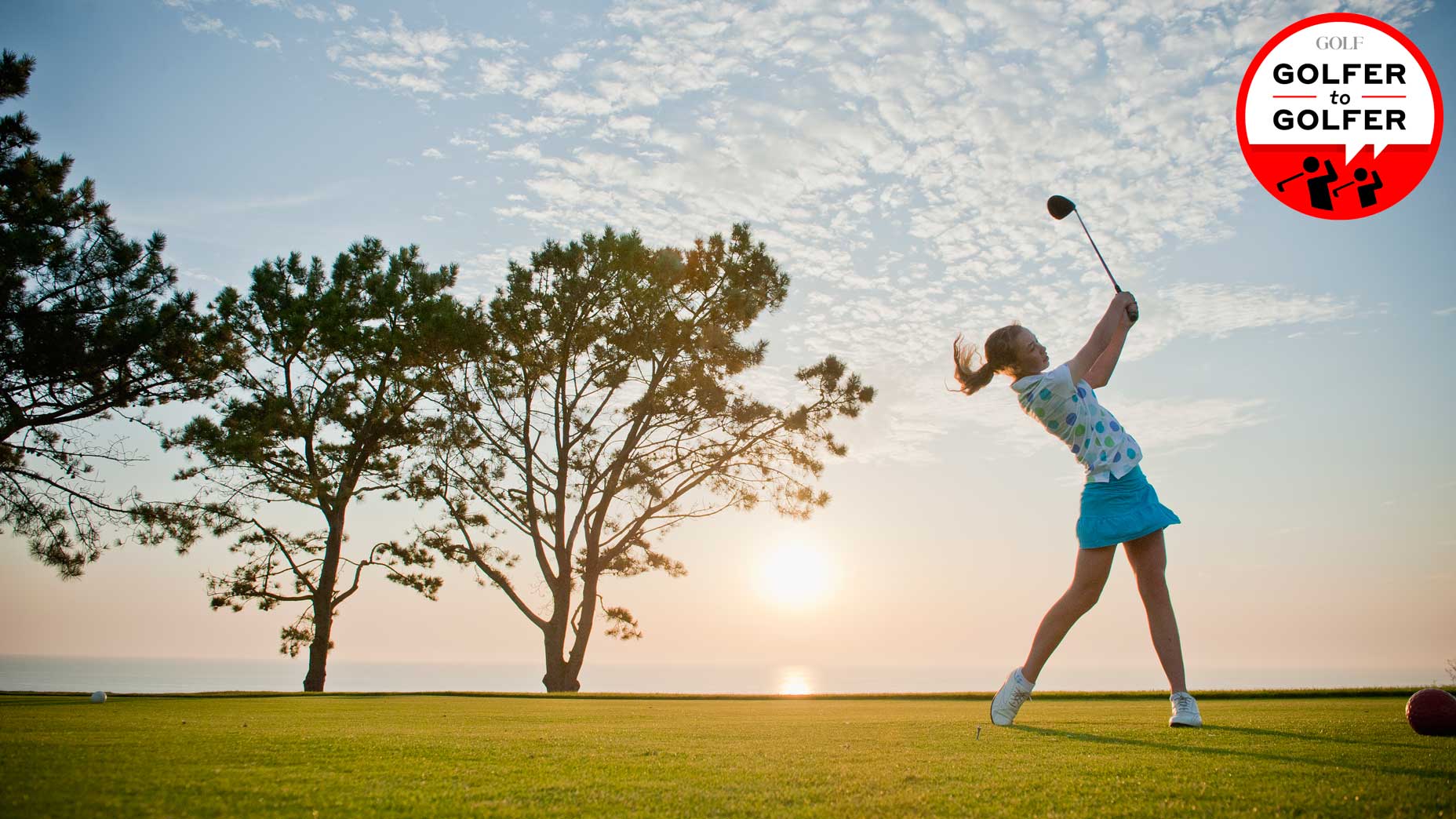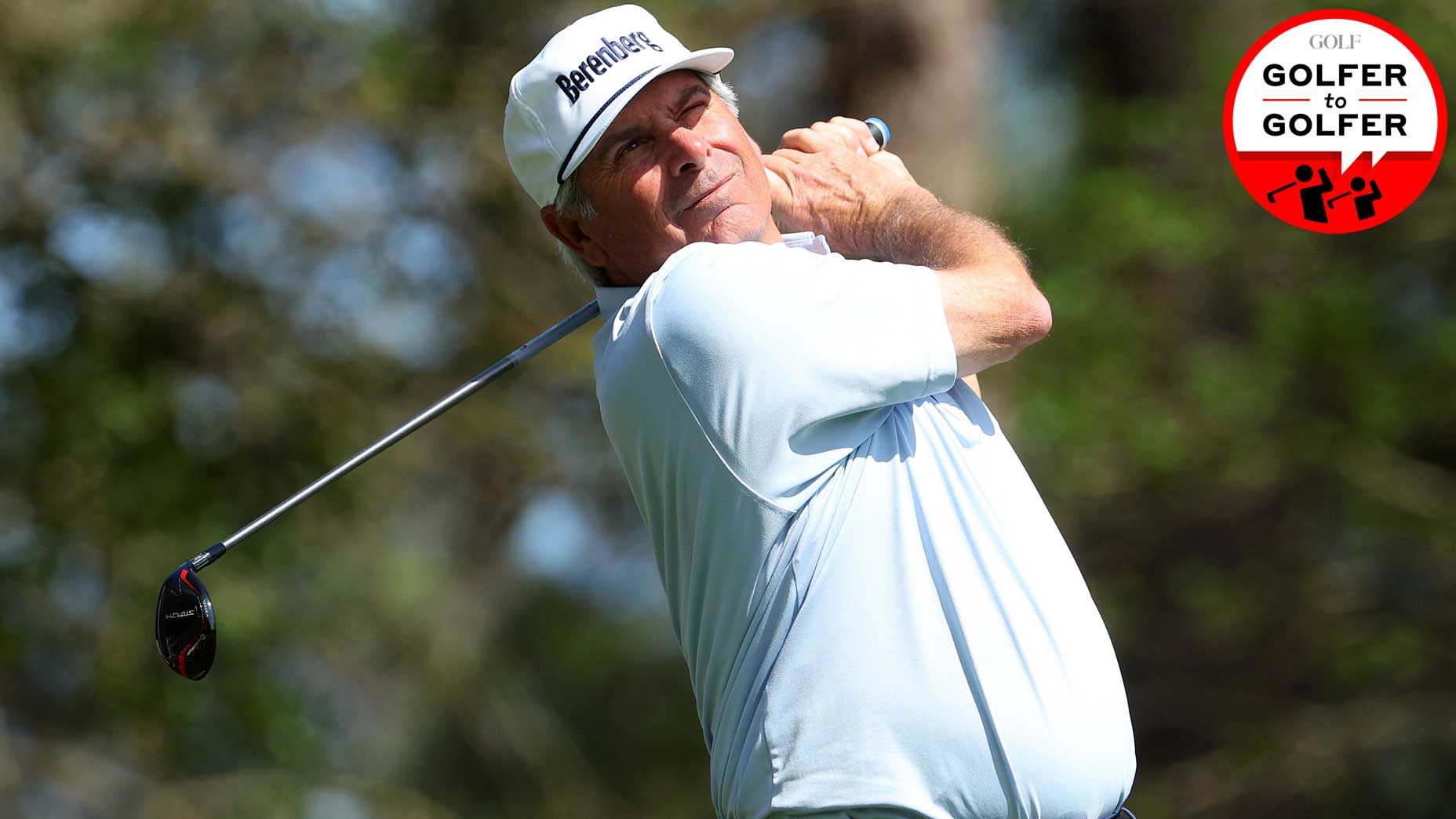How ‘quality of strike’ affects your distance, according to data
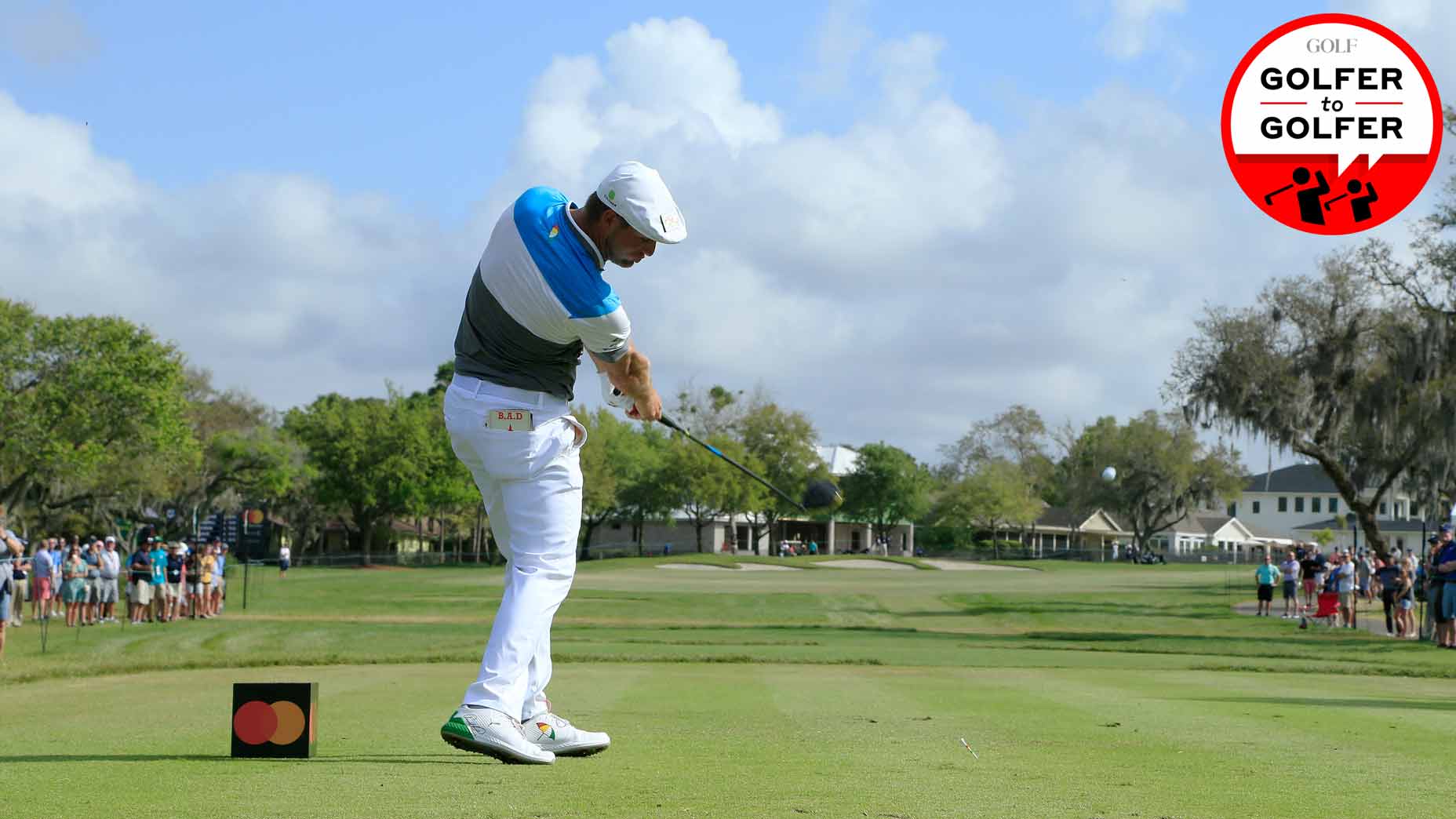
The quality of your strike can have a huge impact on your distance.
Getty Images
Welcome to Golfer-to-Golfer, where we try to learn from all different kinds of avid players out there, in hopes that the rest of us can take away something that might improve our own games.
Every golfer wants to hit the ball farther, especially at the recreational ranks. More distance off the tee means shorter clubs into greens, which translates to more birdies. (It also gives you some bragging rights among your weekend foursome.)
Most golfers look to achieve this extra distance through speed training and improved fitness — which is great! However, in searching for more swing speed, they often neglect another key component to adding distance: quality of strike.
Quality of strike is basically exactly what it sounds like; how efficiently you’re hitting the ball with your club. And it’s something that, if improved, can add distance to your drives without needing to add any mph to your clubhead speed.
Check out below for a breakdown of how quality of strike affects your distance off the tee, courtesy of stats guru Lou Stagner.
In Stagner’s experiment, he recorded over 5,000 shots from amateurs with swing speeds between 96 and 99 mph. He charted where the ball was hit on the face and the total distance the ball traveled, and then averaged it all out.
As you can see above, the best spot to hit on the face is slightly high in the center of the face. Strikes in this area generated an average drive of 246 yards.
Conversely, the worst spot to hit on the face is low on the heel. Strikes in this area generated just 210 yards on average. This nets out to 36 yards shorter between the best and worst places to hit the ball on the face.
If you are prone to mishits, staying toward the toe is your best option. Middle of the face off the toe only costs you about three yards of distance, but middle off the heel costs about 12 yards. So try to stay away from the heel (and higher on the face) if you want to get the most out of your drives.
“While speed training is important, strike training is KEY,” Stagner says. “The closer you can move your average strike to the center of the club, the longer you will hit it!”
Next time you head to the range in search of more distance, remember to keep the quality of strike in mind. If you can find the center of the clubface more often, you’ll add yards to your driving average without even having to hit the gym.

